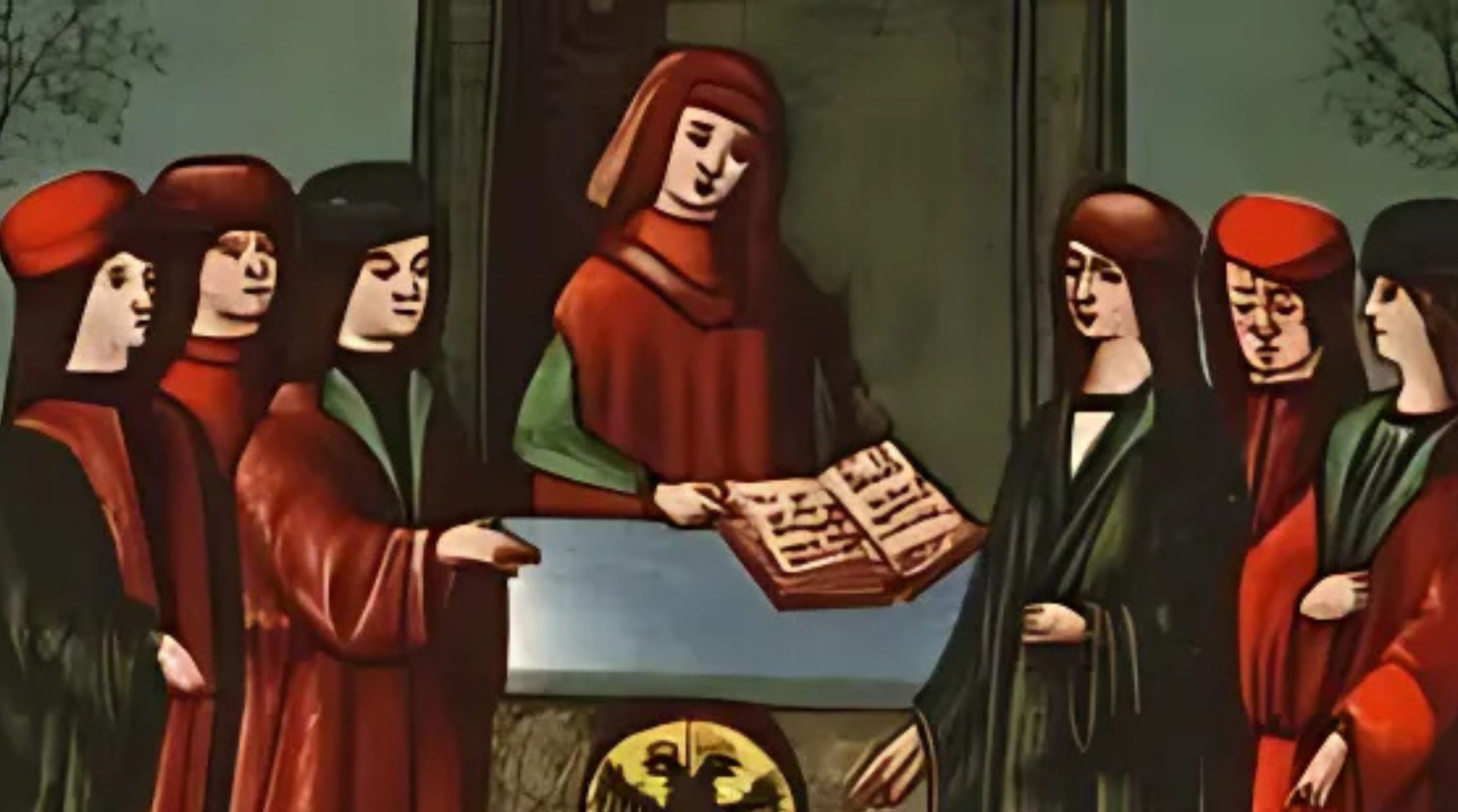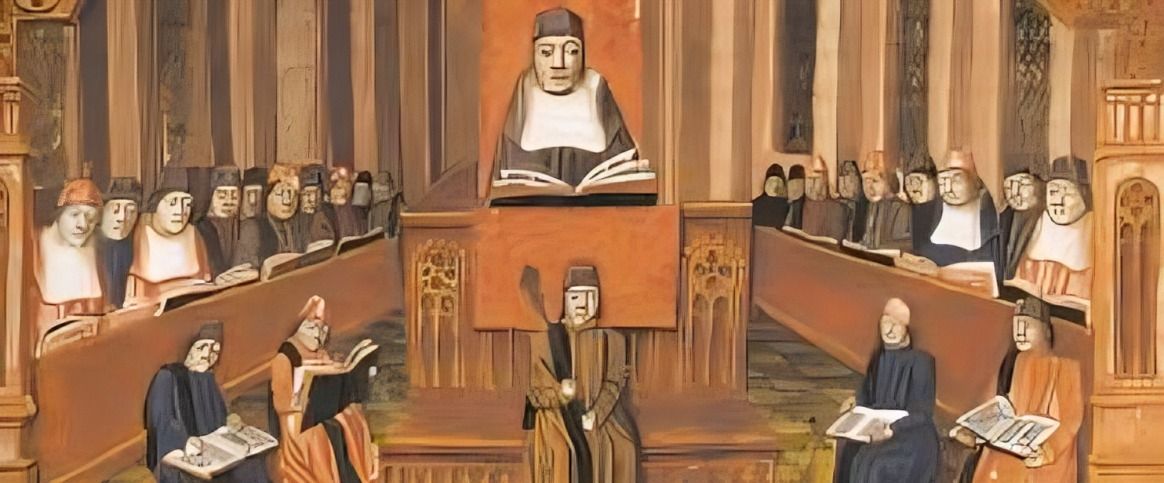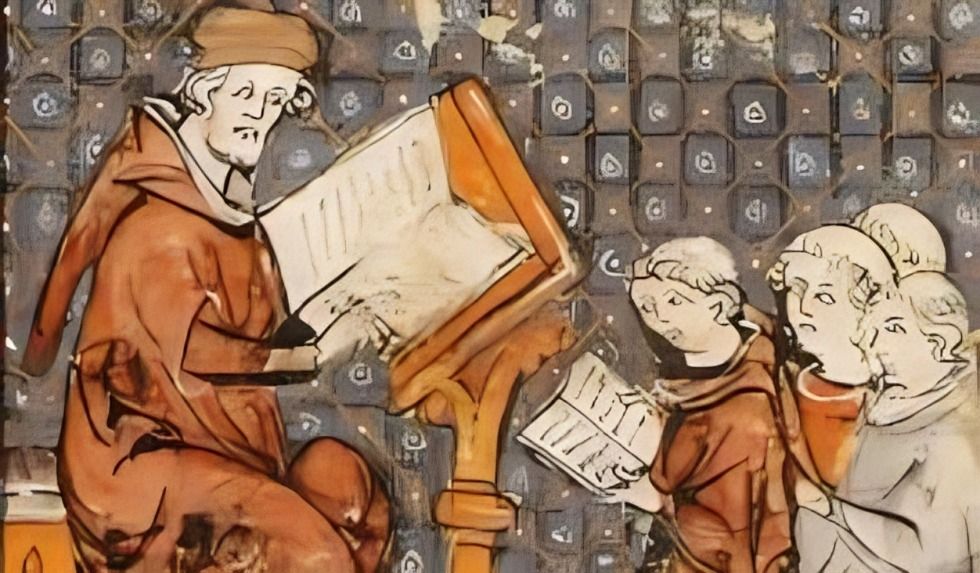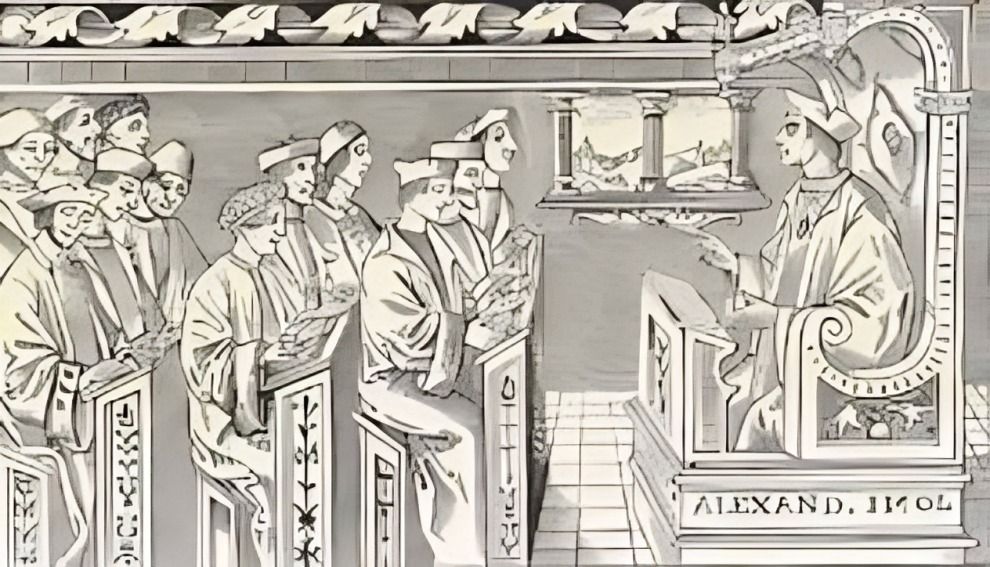
“
The birth of medieval universities marked a transformative era in Europe’s intellectual history. Emerging in the 12th century, these institutions became centers of learning, fostering advancements in theology, law, medicine, and the arts. From the establishment of Bologna and Paris to the evolution of academic traditions, medieval universities laid the groundwork for modern education systems. Delve into The Birth of Medieval Universities and Learning: Curious Facts to uncover the origins, notable figures, and lasting impact of these academic institutions that shaped medieval and contemporary knowledge.1
1
”
The birth of medieval universities began in the 11th and 12th centuries, spurred by the increasing demand for educated clergy and scholars to serve the growing needs of the Church and society.1
The first true Western university, founded in Bologna in the late 11th century, specialized in canon and civil law. The University of Paris, established between 1150 and 1170, followed in northern Europe.2
Medieval universities offered specialized studies in theology, law, medicine, and the arts, with a curriculum rooted in the classics of ancient Greece and Rome, fostering intellectual growth and innovation.3
The Latin language became the common medium of instruction, allowing scholars from different regions to communicate and exchange ideas, leading to a pan-European intellectual community. 4

Medieval universities lacked physical campuses, with classes held in available spaces like churches and homes, rather than dedicated university buildings, reflecting the more informal educational structure of the time.
A university was initially a group of individuals, or universitas, rather than a physical space. Eventually, universities began renting, purchasing, or constructing buildings dedicated to teaching and learning.5
Universities were structured by funding sources: Bologna students paid teachers, Paris teachers were funded by the church, while Oxford and Cambridge, supported by the crown, survived the Dissolution of the Monasteries.6
Scholars at medieval universities relied on the works of ancient philosophers such as Aristotle, whose teachings formed the foundation for much of medieval thought, particularly in fields like metaphysics and ethics.7
At Bologna, students controlled the university, focusing on secular studies like law. In Paris, teachers led the institution, with theology as the main subject, and qualifications were controlled by the church chancellor.8

Medieval university students, attending from ages 14 to 30, studied arts or law while living far from home and unsupervised, earning a reputation for excessive drinking and debauchery.
A Master of Arts degree took six years, with a Bachelor of Arts awarded after the third or fourth year. The curriculum, organized by the faculty of arts, included seven liberal arts. 9
Instruction was in Latin, with the trivium (grammar, logic, rhetoric) taught first, followed by the quadrivium (arithmetic, geometry, music, astronomy). The curriculum also included Aristotelian philosophies: physics, metaphysics, and moral philosophy. 10
Medieval universities promoted the idea of intellectual debate, with formal disputations becoming a regular feature of academic life, allowing scholars to engage in rigorous discussions on key issues. 11
Canon Law prohibited women from attending universities, while students, granted clerical status, were protected legally. They were immune from physical harm and corporal punishment, with crimes tried only in ecclesiastical courts. 12

European universities, recognized by the Holy See as studia generalia through papal bulls, were granted the right to teach universally (ius ubique docendi), encouraging scholars to spread knowledge across Europe.
The University of Oxford, founded around 1096, grew after 1167 when Henry II banned English students from Paris. Following discord and two scholars' executions, professors founded the University of Cambridge in 1209. 13
The emergence of universities helped to preserve and transmit classical knowledge through the study of ancient texts, ensuring that Greco-Roman intellectual traditions survived through the medieval period. 14
The university system laid the foundation for the later intellectual movements of the Renaissance and the Enlightenment, contributing to the rise of humanism, scientific inquiry, and critical thinking in Europe. 15
Medieval universities were not without controversy, as the growing influence of intellectuals sometimes led to tension with the Church, especially when new ideas challenged religious orthodoxy.16
The legacy of medieval universities is still visible today, with many modern universities tracing their origins back to the medieval institutions that shaped the intellectual and cultural development of Europe. 17


